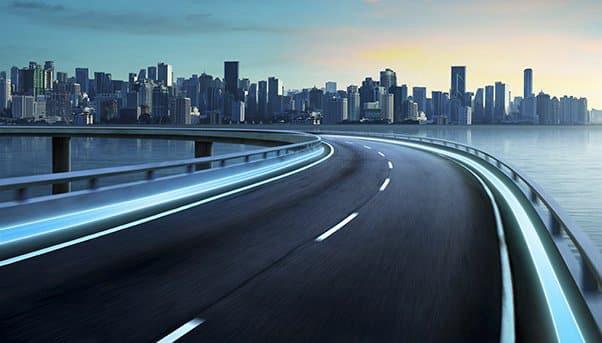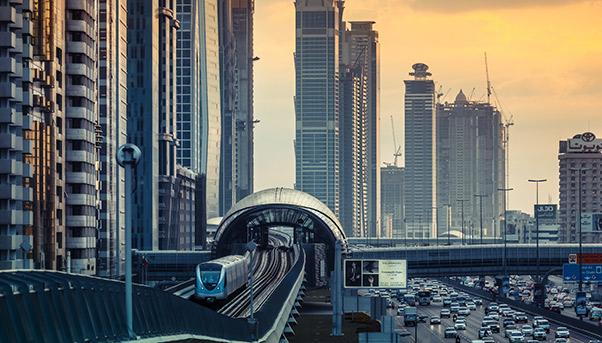
As technological innovation like artificial intelligence becomes part of everyday life, it is reaching sectors that will make its presence even more pervasive, like transport and related infrastructure.
Driverless cars, autonomously lit highways and bridges that regulate the flow of traffic promise to improve safety and efficiency, such as reducing commuting times between home and office.
The benefits of these technological developments are not lost on governments. «We are moving …towards (infrastructure) that communicates with its users,» said Italian Transport Minister Graziano Delrio when he presented his objectives for the sector last year.
With roads and other infrastructure fitted with sensors that provide data in real time, for example, trucks loaded with merchandise can arrive at their destination in a shorter periods of time by avoiding traffic snarls and other obstacles. This improvement in logistics results in merchandise spending less time in the warehouse.
From “Smart Highways”…
Another development is the lighting of highways at night without the use of electricity. In Oss, the Netherlands, a stretch of Highway N329 is being used as a laboratory by Daan Roosegaarde, a designer who developed a coating that lights up at night after absorbing the sun’s rays during the day. The coating has been applied in thin lines along the edges of the highway, its illumination helping guide drivers. It eliminates the need to have traditional lamps that consume electricity and cost money. On cloudy days, a solar panel provides the power needed to light it up.
The United States is also promoting the idea of “smart highways”. The Department of Energy launched a project called the SunShot Initiative, which offers funding to viable projects. One of them is called Brighter Days, which received $5 million to build a 100-meter-long stretch of solar panel-lined bicycle path to provide electricity to nearby housing in Florida.
…to Underground Highways
Underground highways to reduce congestion and quicken the pace of travel is one vision being pursued by serial
entrepreneur Elon Musk, founder of Tesla Motors, the electric car maker. His idea is to have cars loaded on wagons that run along a monorail underground at 200 kilometres per hour. He would have the first tunnel built in Los Angeles, starting at the airport. «(We) plan to start digging in a month or so,» he tweeted in January 2017.

Trains of the Future
Changes are coming not only to roads and rail but also to the cars and trains that use them. Once again, Musk is leading the charge. He is overseeing the construction of the Hyperloop, which is essentially a tube powered by the sun that will send levitated objects inside it at 1,200 kilometres per hour at low pressures. It is still in the experimental phase – called Hyperloop One – in the Nevada desert near Las Vegas. But the first such system is expected to come into service in Dubai in 2020, linking Abu Dhabi in 12 minutes.
Public transport inside cities could also face a transformation with skyTran, which is designed to be a high-speed, low-cost, elevated transport system. Using magnetic levitation technology, it would shuttle two-person pods along an elevated track. It is already in the experimental phase in Tel Aviv.
The Car of the Future
The future of the car is in artificial intelligence. Tesla has developed software to put its cars on autopilot. Audi, BMW,
Daimler and General Motors are also working on similar projects.
In Italy, all new cars sold after March 31, 2018, must come equipped with eCall, a distress communications system that makes an emergency call when the vehicle gets into an accident. The next step is the installation of a sensor to gather information on traffic, road work and other topics of interest to the driver.

